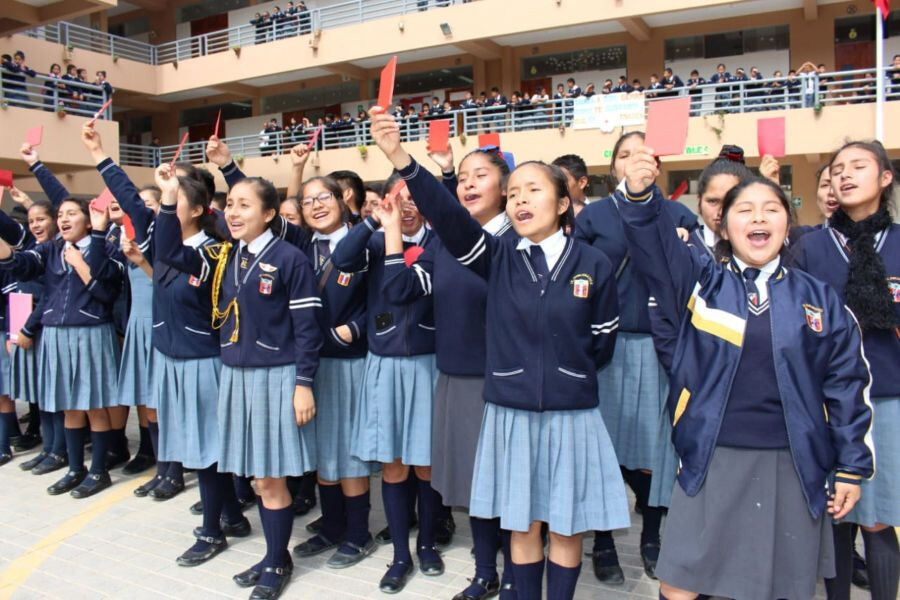
Lima, Peru – The National Educational Infrastructure Program (Pronied) has announced a significant investment of over 2 billion soles to construct new schools and modernize existing ones across Peru. This substantial investment marks a significant step forward in the country’s efforts to improve the quality of education.
Among the most noteworthy initiatives is the construction of a High-Performance School (Coar) in Apurimac, a region in the Peruvian Andes. This project not only reflects a commitment to decentralizing quality education but also underscores the government’s dedication to serving the most underserved areas of the country.
This investment, which is triple the amount allocated to educational infrastructure in the past two years, aligns with a government policy recognizing the need for improved learning conditions for Peruvian students. Bicentenary Schools, modern educational facilities equipped with state-of-the-art technology and adequate spaces, serve as a testament to this effort. These schools have demonstrated that with the right infrastructure, learning opportunities can be significantly enhanced.
However, building new schools and modernizing existing ones is not sufficient to guarantee substantial improvements. While infrastructure is a crucial component, it must be accompanied by pedagogical reforms, teacher training, and improved teaching methods. Modern classrooms will not yield optimal results without innovation and teachers equipped with the necessary tools to maximize resources.
One of the most significant challenges is the inequality in access to quality education. Despite efforts to construct and modernize schools, disparities between urban and rural areas persist. In regions like Apurimac, where the new Coar will be built, students face challenges such as a lack of educational materials, outdated infrastructure, and poorly trained teachers. While building modern schools is a positive step, it is equally essential for the government and authorities to implement policies that ensure all students, regardless of their geographic location, have access to better services.
Another critical challenge is teacher training. The traditional approach to teaching, centered on memorization and passive student engagement, must be replaced by methods that foster critical thinking, creativity, and autonomous learning. To achieve this, the government must continue investing in ongoing teacher training, providing them not only with pedagogical tools but also the support necessary to innovate in their classrooms.
In conclusion, the investment announced by Pronied is a crucial step in improving the quality of education in Peru. However, for this measure to be truly effective, it must be accompanied by policies aimed at improving equity in access to education, teacher training, and the updating of pedagogical methods. Only then can a future with greater opportunities be guaranteed for all Peruvian students.
[Copyright (c) Global Economic Times. All Rights Reserved.]



























